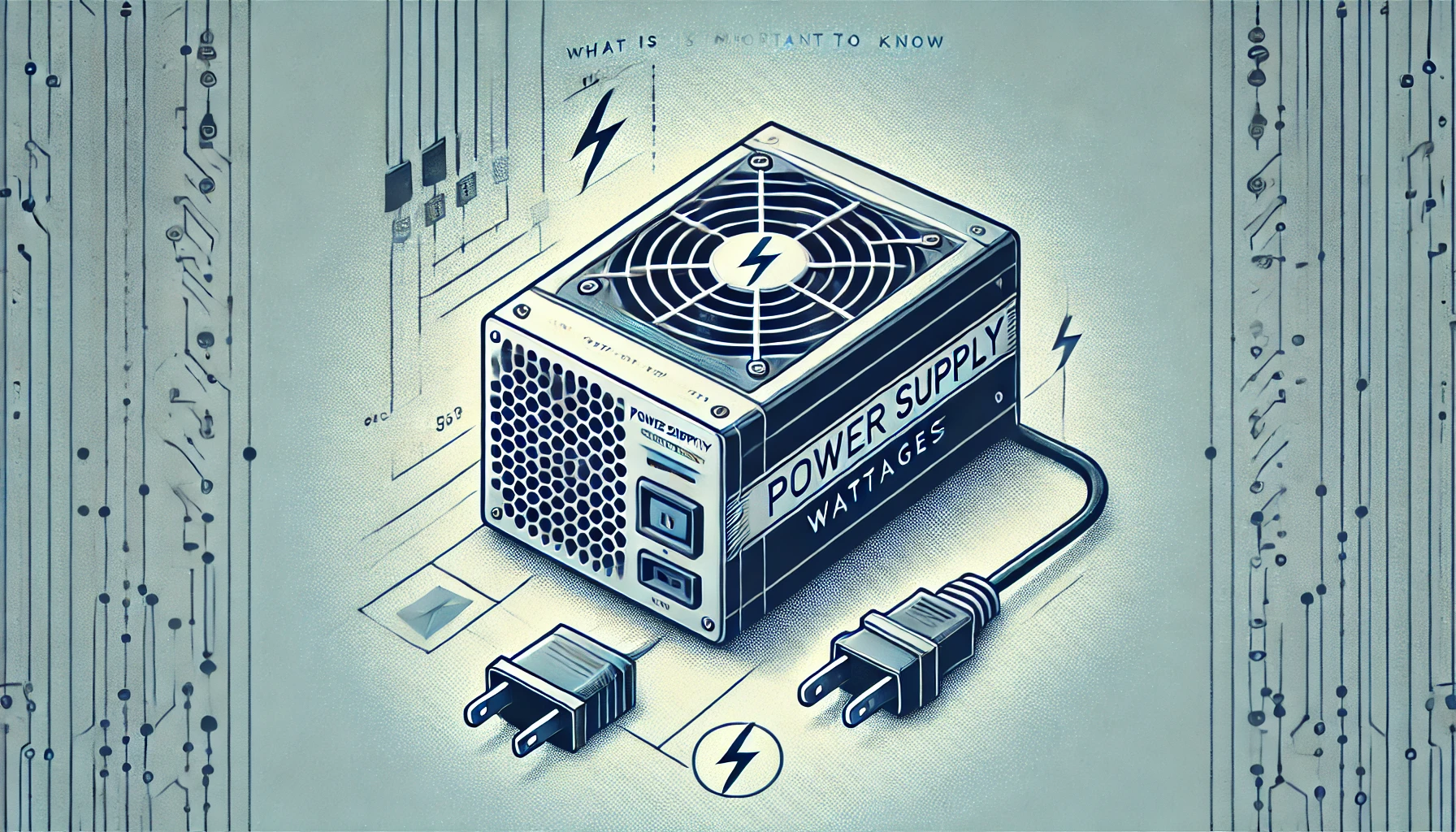What Is Hard Drive Spindle Speed And Why Is It Important
Understanding Hard Drive Spindle Speed
It is essential to grasp the significance of Hard Drive Spindle Speed when analyzing the performance dynamics of disk drives in computing systems. This term refers to the speed at which the disk platters rotate within the drive assembly, impacting data access and storage operations.
A higher spindle speed leads to faster read and write operations, enhancing the efficiency of data retrieval. The spindle speed plays a critical role in determining the overall functionality of the system, influencing tasks such as booting up the operating system and running applications smoothly. The technology involved in spindle speed requires intricate engineering to achieve precise rotational speeds, ultimately improving the drive's performance.
Elevated spindle speeds reduce latency, enhancing the responsiveness of the storage system. Therefore, comprehending and optimizing spindle speed are crucial for maximizing the performance of computer systems.
Definition and Function
The concept and purpose of Hard Drive Spindle Speed are closely linked to the rotational speed of the disk platters inside a storage device. This speed plays a critical role in determining the effectiveness of data retrieval, system responsiveness, and overall data integrity.
Higher spindle speeds result in quicker data access and transfer rates, which are essential for tasks that require high performance, such as gaming or video editing. With a faster-spinning drive, the read/write heads can locate and write data more rapidly, reducing delays. On the other hand, lower spindle speeds, although more economical, may lead to slower operations and increased wait times.
Many modern drives now incorporate variable spindle speeds that adjust according to usage requirements to strike a balance between speed and power efficiency. Recognizing the significance of spindle speed is crucial when choosing a hard drive that aligns with specific operational needs.
Factors Affecting Hard Drive Spindle Speed
Numerous factors contribute to the determination of Hard Drive Spindle Speed, with Rotations Per Minute (RPM) being a key consideration that governs the speed of data retrieval and access from the storage device. The spindle speed is influenced significantly by storage capacity and latency.
RPM, which is quantified in rotations per minute, holds crucial importance as it regulates the speed at which the platters within the hard drive rotate, thereby affecting the rate of data transfer. Hard drives with higher RPM values provide faster access times, making them well-suited for operations that involve frequent data retrieval.
The spindle speed is also impacted by storage capacity, as it influences the volume of data that the drive needs to manage, consequently affecting seek times and overall performance. Furthermore, latency, defined as the delay between a request and its fulfillment, plays a role in spindle speed by potentially introducing delays in data access.
Impact on Performance and Storage Capacity
The spindle speed of a hard drive directly influences its performance and storage capacity. A higher spindle speed leads to faster read/write operations, improved disk performance, shorter system boot times, and enhanced data transfer rates.
This relationship between spindle speed and system efficiency plays a vital role in determining how quickly data can be accessed and transferred within a computer system. Increasing the spindle speed causes the platters inside the hard drive to rotate at a quicker pace, enabling the read/write head to access data more rapidly. This acceleration not only speeds up data retrieval but also boosts overall system responsiveness. A higher spindle speed allows the hard drive to efficiently handle larger files and more complex tasks, optimizing storage capacity and performance metrics.
Importance of Hard Drive Spindle Speed
Understanding the significance of hard drive spindle speed is essential for optimizing data storage, meeting computing needs, and enhancing overall productivity. The spindle speed directly influences data access times, system response, and user experience.
A higher spindle speed indicates that the hard drive can read and write data at a faster rate, leading to quicker loading times for applications and files. This speed is particularly crucial for tasks involving large files or applications that demand rapid data retrieval. By enhancing data accessibility, spindle speed plays a critical role in ensuring seamless multitasking capabilities and user interactions.
In summary, the higher the spindle speed, the more effectively data can be stored and retrieved, ultimately contributing to a more responsive and productive computing environment.
Choosing the Right Speed for Your Needs
Choosing the appropriate Hard Drive Spindle Speed is crucial to keeping up with technological advancements, maximizing computing power, optimizing disk usage, and increasing overall productivity. It is vital to understand your specific needs and system requirements in order to make an informed decision regarding spindle speed.
The spindle speed of a hard drive plays a critical role in determining the speed at which data can be accessed and transferred. For individuals working with large files or running multiple applications simultaneously, selecting a higher spindle speed such as 7200 RPM can greatly enhance performance. Conversely, if prioritizing storage capacity and energy efficiency over speed, a 5400 RPM drive may be more suitable. By customizing the spindle speed to align with your usage patterns and requirements, you can ensure smoother operations, quicker data retrieval, and a more responsive computing experience.
How to Improve Hard Drive Spindle Speed
Improving Hard Drive Spindle Speed involves optimizing data processing, implementing speed-enhancing techniques, performing regular disk maintenance, ensuring drive reliability, and prioritizing data security measures. These strategies collectively contribute to enhanced system performance and operational stability.
An actionable suggestion for improving spindle speed is to defragment the hard drive regularly to minimize the physical movement of the read/write head, thus reducing access time. Keeping the operating system and software up to date ensures compatibility and efficient resource utilization, ultimately improving data processing efficiency.
Another effective technique is managing and limiting the number of programs running in the background, freeing up system resources for quicker data retrieval and processing. This proactive approach not only increases system speed but also aids in maintaining disk health and extending its lifespan.
Tips and Tricks for Better Performance
Employing effective tips and tricks can significantly improve the performance of a hard drive's spindle speed. This includes ensuring compatibility with the drive, optimizing system configurations, exploring new storage solutions, enhancing drive connectivity, and maximizing data accessibility. These strategies are designed to simplify data operations and enhance system efficiency.
By focusing on drive compatibility, users can ensure that the hard drive integrates smoothly with the system, reducing compatibility issues and optimizing performance. Along with tailoring system configurations to specific workloads, users can investigate innovative storage solutions like solid-state drives (SSDs) or RAID configurations to enhance data access speeds and reliability. Improving drive connectivity through high-speed interfaces such as SATA or NVMe can further enhance spindle speed, enabling faster data transfers and improved system responsiveness.








